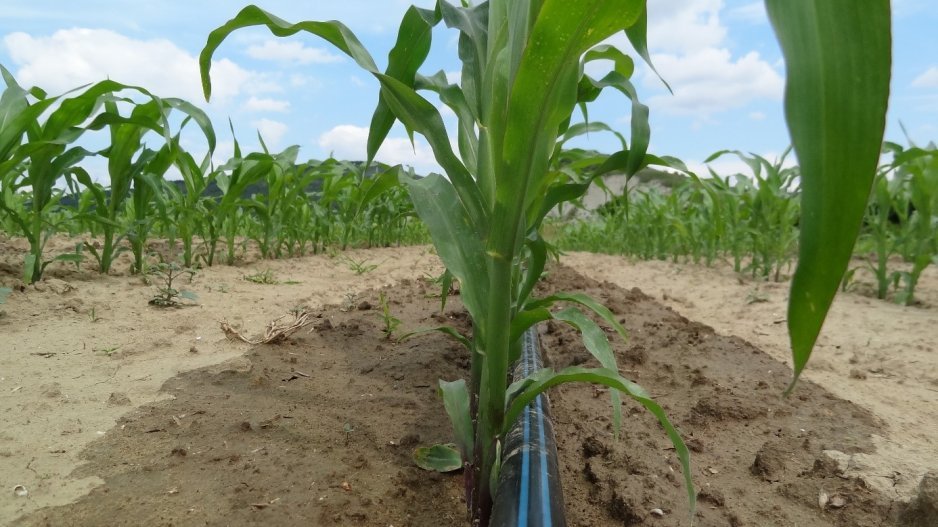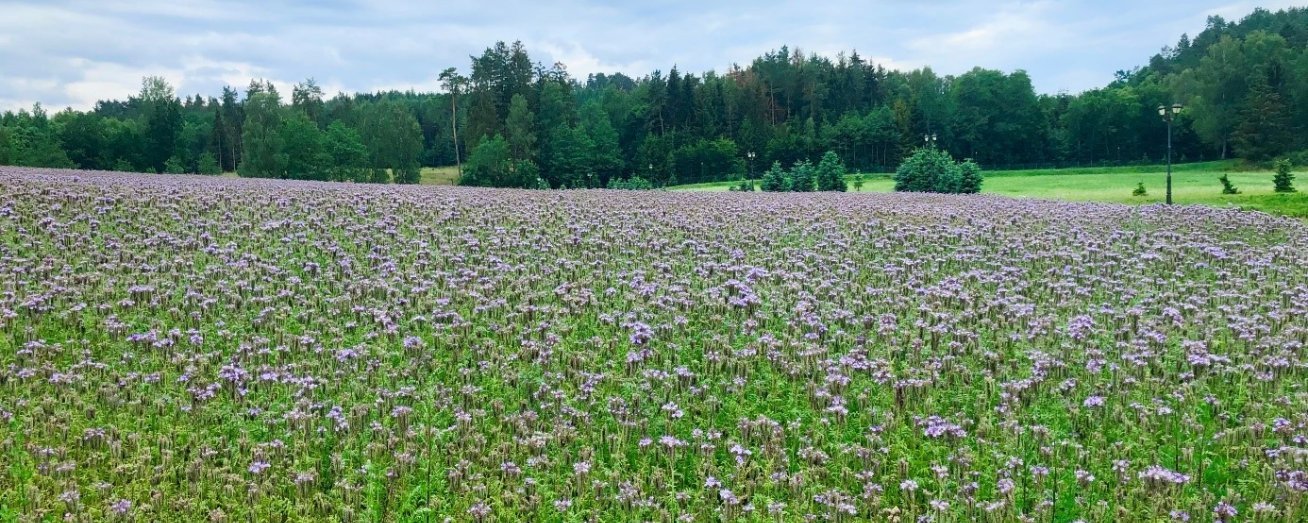As a family business nurturing the next generation and with our home in the heart of the beautiful Alps, we are committed to protecting the world we live in. That is why we have developed our comprehensive sustainability strategy aimed at contributing to biodiversity and supporting a more sustainable agriculture. As part of this sustainability initiative, our Research & Development team in Trieste has initiated a broad range of projects to promote sustainable agricultural practices.
Focus on minor crops and biodiversity-rich landscapes
Back in 2016, the Dr. Schär R&D Centre promoted the Re-Cereal project, to help revive and promote two minor cereals (oats and millet) and one pseudo-cereal (buckwheat) through genetic improvement and optimisation of agronomic techniques, enhancement of their nutraceutical properties, and promotion of their use in the food industry. Building on the results of the Re-Cereal project, Dr. Schär R&D Centre has developed the VitaMi (Varietà Italiane di Miglio) project, that aims to select new millet varieties for our supply chain. Once again, a concrete example of the ongoing commitment from Dr. Schär in supporting an “orphan crop”.
As part of another pilot project, two fields have been planted next to each other in such a way they both bloom at the same time. At a Filiera field in Poland, one of our partner farmers grows buckwheat for our products with a Phacelia field planted right next to it. Phacelia is known as bee friendly, as the herbaceous plant attracts a wide variety of insects and pollinators with its purple-blue-coloured blossoms. Throughout pollination we are investigating how the fields can benefit from the increased presence of bees.
Promoting sustainable and regenerative agriculture
Within our Filiera, scientists from our R&D Department work closely with our partners in agriculture, seed production, service providers, machinery manufacturers as well as research institutes. Together, we carry out a wide variety of projects to enable and address sustainable practices for our Filiera fields. Our shared aim is to optimise the use of water, fertiliser and crop protection individually adapted to the needs of the respective cultivated areas. This way, we can support the cultivated plants in need of agronomical care whilst also providing them with optimal growth conditions. Following our consultative analysis, we have identified farms whose water or fertiliser management we can support in our Filiera.
Our Research & Development team is working on projects with long-standing partnering farmers and experts from irrigation machinery manufacturer Toro and Eurac Research - a research center specialised in data science and sensing technology, to determine how alternative, innovative water-saving practices can improve the irrigation of cropland. We presented the results, generated on our pilot project field in the Veneto region, to farmers, stakeholders and reclamation bodies on our Irrigation Field Day in Este (PD) during the last week of July 2022.
Agriculture can also benefit from satellite data, which must be processed, translated and exchanged to different platforms: thanks to the data, it is possible to have in real time useful information regarding plant stress, yield prediction and efficiency of fertilisers application to reduce farm inputs (pesticides, fungicides, fertilizers). We, as Dr. Schär try to promote the use of this available data within our Filiera partnerships.
Even after harvesting, the work continues: together with our Filiera partners, we coordinate and evaluate data collection following the harvests. The results are incorporated into so-called yield maps based on a wide range of meteorological data, plant growth models and close crop monitoring, and provide information on the yield level of the different areas. From these maps, we not only draw conclusions about the potential of the areas, but they also serve as a kind of success control and show to what extent the measures implemented in advance – such as fertilisation or water management – were successful.

